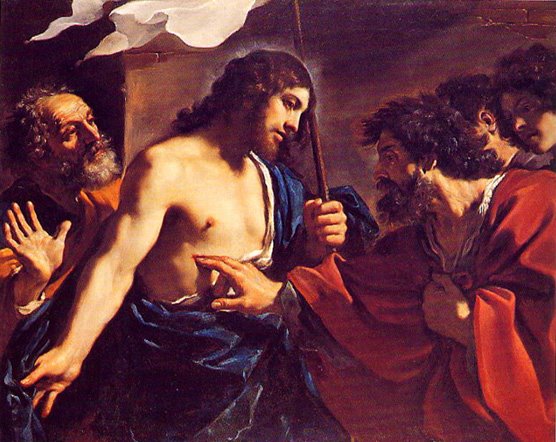(Figs. 4 and 9,—exhibits Christian emblems of the trinity or linga, and the unity or yoni, alone or combined; the whole being copied from Pugin's Glossary of Ecclesiastical Ornament (London, 1869).Fig. 1 is copied from Pugin, plate xvii., and indicates a double union of the trinity with the unity, here represented as a ring, Vanneau.
* There is an able essay on this subject in No. 267 of the
Edinburgh Review—which almost exhausts the subject—but is
too long for quotation here.
Figs. 2, 8, are from Pagin, plate xiv. In figare 2, the two covered balls at the base of each limb of the cross are extremely significant, and if the artist had not mystified the free end, the most obtuse worshipper must have recognised the symbol. We may add here that in the two forms of the Maltese cross, the position of the lingam is reversed, and the egg-shaped bodies, with their cover, are at the free end of each limb, whilst the natural end of the organ is left unchanged. See figs. 85 and 86. This form of cross is Etruscan. Fig. 8 is essentially the same as the preceding, and both may be compared with Fig. 4. The balls in this cross are uncovered, and the free end of each limb of the cross is but slightly modified.
Fig. 4 is copied in a conventional form from plate xxxv., fig. 4, of Two Essays on the Worship of Priapus (London, 1865). It is thus described (page 147): "The object was found at St. Agati di Goti, near Naples.......It is a crux ansata formed by four phalli, with a circle of female organs round the centre; and appears by the look to have been intended for suspension. As this cross is of gold, it had no doubt been made for some personage of rank, possibly an ecclesiastic." We see here very distinctly the design of the egg- and sistrum- shaped bodies. When we have such an unmistakable bi-sexual cross before our eyes, it is impossible to ignore the signification of Figs. 2 and 8, and Plate xii., Figs. 4 and 7.
Figs. 5, 6 are from Pugin, plates xiv. and xv., and represent the trinity with the unity, the triune god and the virgin united in one.
Fig. 7 represents the central lozenge and one limb of a cross, figured plate xiv. of Pugin. In this instance the Maltese cross is united with the symbol of the virgin, being essentially the same as Fig. 9, infra. It is a modified form of the crux ansata.
Fig. 8 is a compound trinity, being the finial of each limb of an ornamental cross. Pugin, plate xv.
Fig. 9 is a well-known Egyptian symbol, borne in the hand of almost every divinity. It is a cross, with one limb made to represent the female element in creation. The name that it technically bears is crux ansata, or "the cross with a handle." A reference to Fig. 4 serves to verify the idea which it involves.
Fig. 10 is from Pugin, plate xxxv. In this figure the cross is made by the intersection of two ovals, each a vesica piscis, an emblem of the yoni. Within each limb a symbol of the trinity is seen, each of which is associated with the central ring.
Fig. 11 is from Pugin, plate xix., and represents the arbor vitæ, the branch, or tree of life, as a triad, with which the ring is united.
It has been said by some critics that the figures above referred to are mere architectural fancies, which never had pretensions to embody a mystery; and that any designer would pitch upon such a style of ornamentation although profoundly ignorant of the doctrine of the trinity and unity. But this assumption is not borne out by fact; the ornaments on Buddhist topes have nothing in common with those of Christian churches; whilst in the ruined temple of the sun at Marttand, India, the trefoil emblem of the trinity is common. Grecian temples were profusely ornamented therewith, and so are innumerable Etruscan sculptures, but they do not represent the trinity and unity. It has been reserved for Christian art to crowd our churches with the emblems of Bel and Astarte, Baalim and Ashtoreth, linga and yoni, and to elevate the phallus to the position of the supreme deity, and assign to him a virgin as a companion, who can cajole him by her blandishment, weary him by wailing, or induce him to change his mind by her intercessions.)
|
























